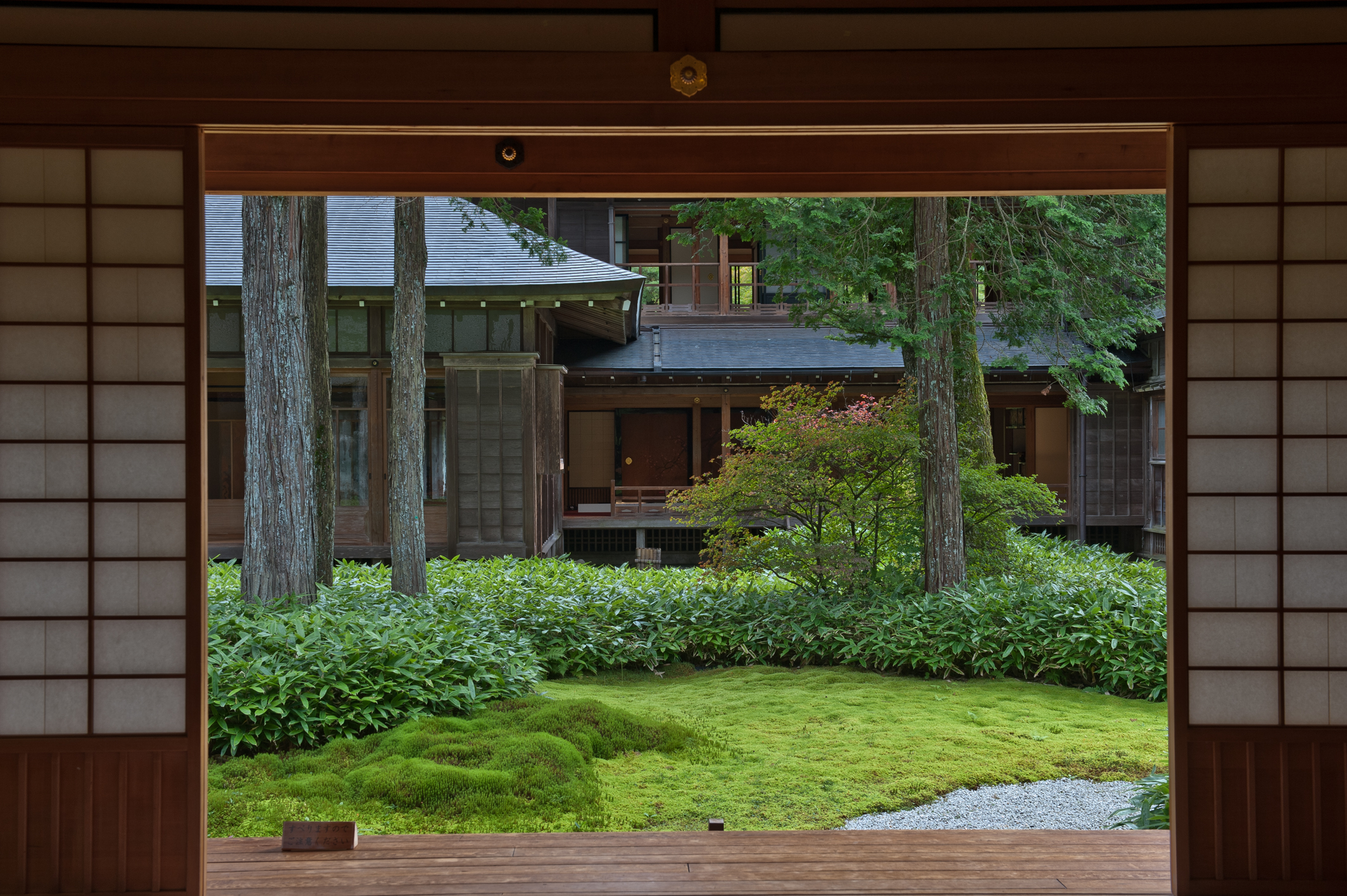Even before seeing the great sights of Nikko, the visitor cannot fail to be impressed by the luxuriance of the area's moss. Towering cryptomeria trees, allowing filtered light to penetrate ground cover, provide ideal incubation zones and levels of exposure and protection for the flourishing of moss in this part of Tochigi Prefecture's damp summers and cold winters.
One area of lush greenery few visitors are aware of lies a mere 10-minute walk north of the red-lacquered Shinkyo Bridge, a span that signals the proximity of the Tokugawa tombs. Set at the top of a slope beside the Nikko Botanical Garden, the villa is not a complete secret, but conspires to feel like one.
There is a long history of Imperial garden patronage in Japan, as there was among the Mughal emperors of India and the sultans and governors of Muslim Spain. Gardens were created as private retreats for Japanese emperors and empresses after their abdications, as retirement homes for Imperial consorts and as venues for visiting heads of state. The better-known landscapes, such as the Sento Imperial Palace and the highly influential design of the Katsura Imperial Villa, are located in Kyoto and are much visited. Some, like the Shugakuin Imperial Villa, are even believed to have been designed by emperors.



















With your current subscription plan you can comment on stories. However, before writing your first comment, please create a display name in the Profile section of your subscriber account page.